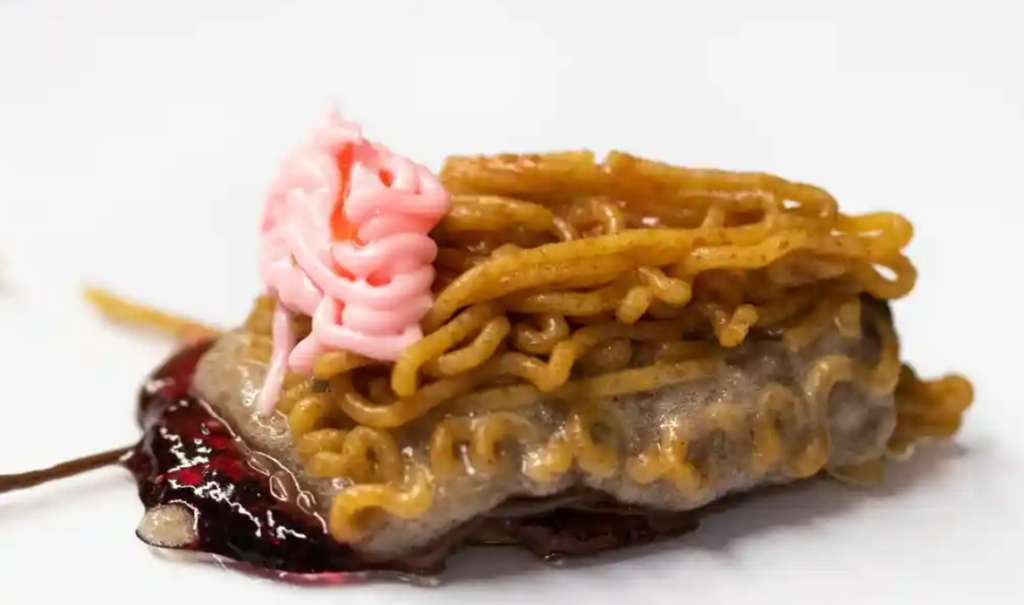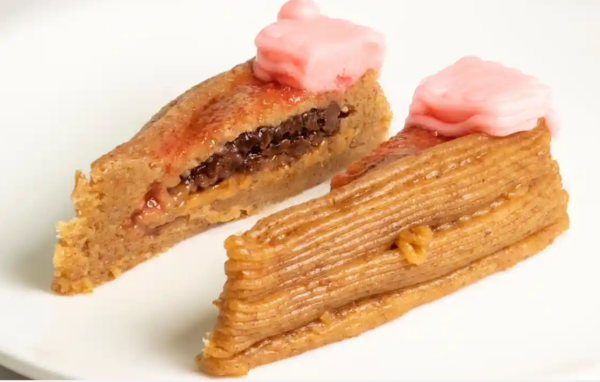As researchers attempted to test the limits of 3D printing, it was probably not surprising that their attempts to produce cheesecakes were first unsuccessful.
The first try went smoothly, but as the printer progressively layered the dessert by squirting one layer after another, the product began to sag before softly crumbling into a gooey heap.
Despite the early setback, which was revealed in a study report released on Tuesday, Columbia University engineers persevered and eventually had the printer squeezing out recognizable, if not tempting, puddings.

Engineers print cheesecake from paste and powder cartridges.
The objective of the research was to illustrate that 3D printing, a technique more commonly associated with models and machine components, had the potential to revolutionize the kitchen by transforming cartridges of food paste and powder into edible, and possibly one day even appetizing, meals.
Jonathan Blutinger, an engineer at Columbia’s Creative Machines Lab in New York, stated, “The cheesecake is the best item we can demonstrate at the moment, but the printer is capable of much more.” “We can print poultry, meat, veggies and cheese. Any substance that may be transformed into a paste, liquid, or powder.”
Blutinger feels that printed food is on the horizon, a natural result of software meeting the antiquated, analog world of cookers, steamers, and frying pans. A chicken paste roast may not appeal to foodies and enthusiasts of the art of cooking.
“I believe it is inevitable. Once software is integrated into an industry, we never look back. It advances it in ways we never imagined imaginable. “This has not yet occurred for food,” he added.
“The idea is to combine a food printer with a laser cooker to create a kitchen gadget that serves several purposes. It is your own own digital chef.”
The researchers report in the journal npj Science of Food a 3D printer that can create edible goods from seven different components. This included biscuit paste, peanut butter, strawberry jam, Nutella, banana purée, cherry drizzle, and icing for the 30-minute-long cheesecake. The printer is equipped with a blue laser for on-demand layer cooking.
Following five unsuccessful tries to print the dessert, the researchers discovered the optimal form and thickness for the separate layers to prevent the cake from collapsing. Even failures were consumed for the sake of inquiry. “It definitely tasted like something I hadn’t experienced before,” stated Blutinger. “I quite liked it, but it’s an unconventional blend. We are not Michelin-starred cooks.”

